One of the World’s Oldest Samurai Swords Was Discovered in an Attic
A rusty blade found over a century ago in the attic of a Japanese shrine turned out to be a rare and priceless samurai sword.
Experts now believe the samurai sword was first crafted in the 12th century and is considered one of the most significant finds in Japanese history.
The Discovery of the Blade
During the late 1930s, a curved and incredibly rusted blade was discovered and stored in the dusty attic of the Kasuga Taisha shrine in Japan.
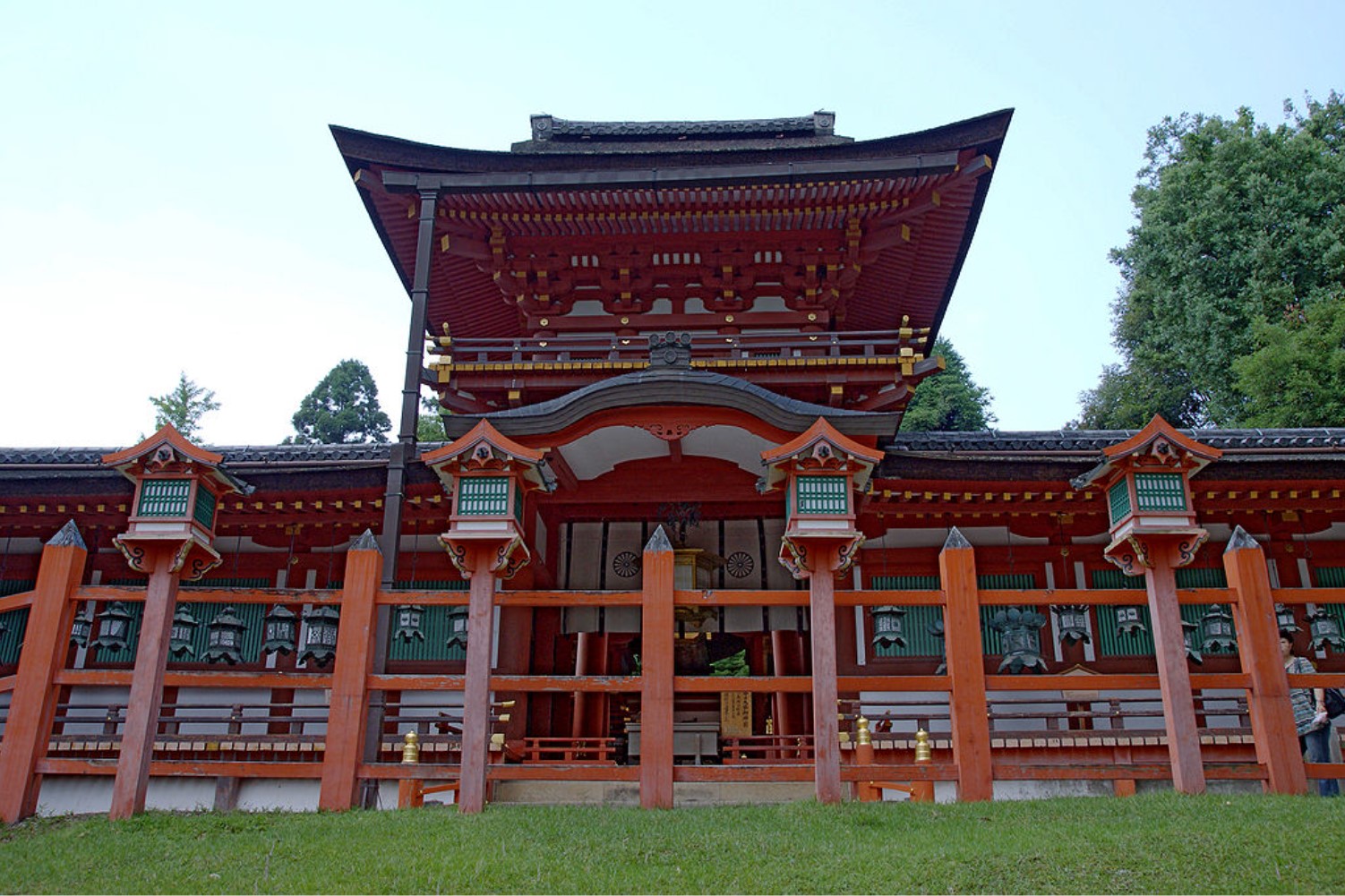
Source: Wikimedia
According to Japan Forward, the shrine’s officials had no idea of the sword’s rarity at the time, so it was simply returned to storage.
Shrine Officials Realize the Sword's Rarity
Every 20 years, the shrine holds a ceremony in which it sharpens and polishes all of its blades.

Source: @GeekDotCom/X
During the blade’s wetting in 2016, shrine officials realized they had an extremely rare blade in their possession.
Blade Dates Back to the 12th Century
Experts who analyzed the curved blade dated it to around the 12th century.
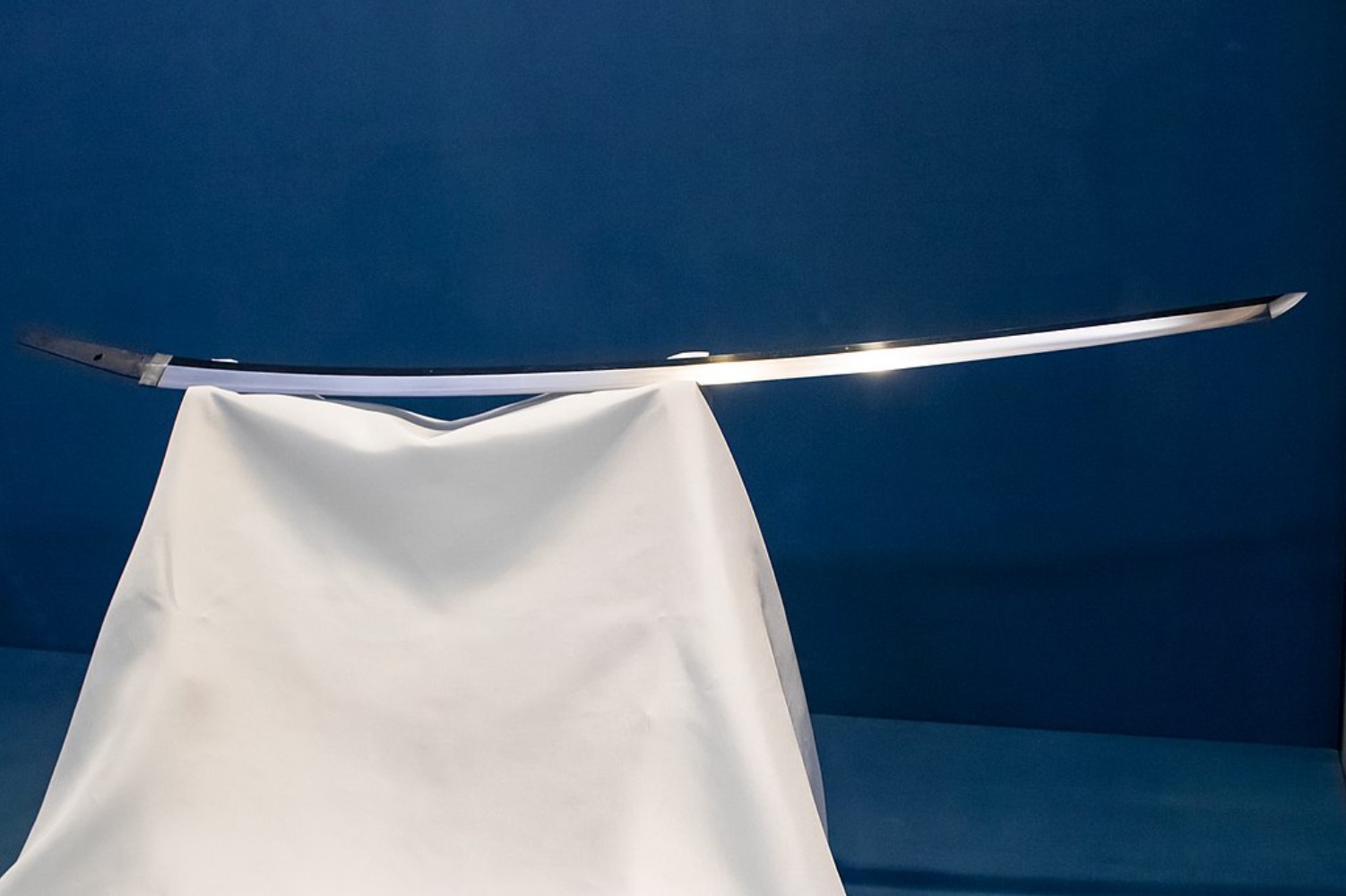
Source: Wikimedia
It was created during the Heian Period of samurai, which is important for several reasons, the most prominent being that this was when curved samurai blades came into existence.
The Heirloom Was Crafted During the Heian Period
The history of the sword was shared by Ryo Miyazaki of The Asahi Shimbun (via BroBible).
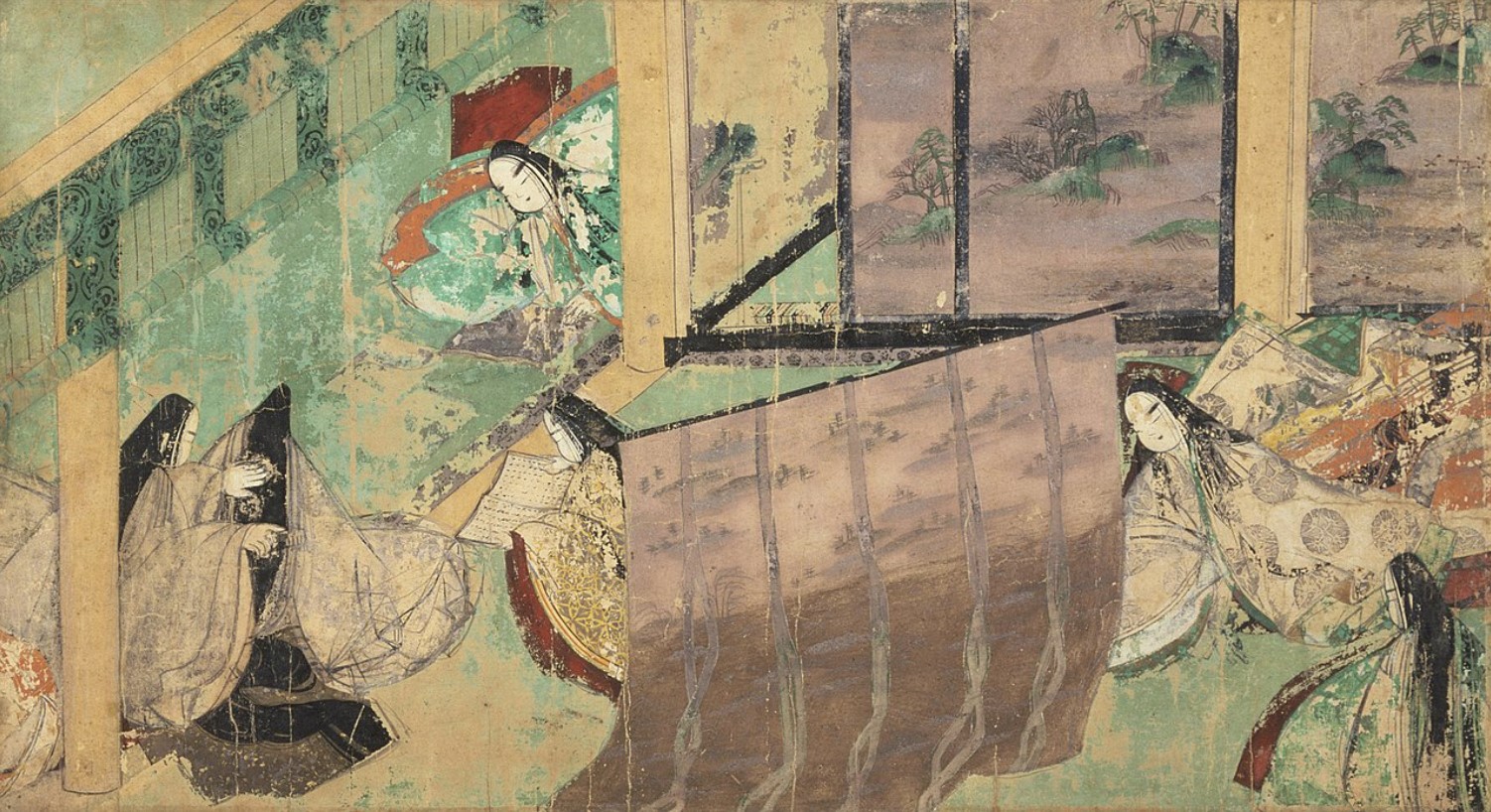
Source: Wikimedia
It appears that the heirloom, “made in the Heian Period (794–1185) for a samurai and initially passed down through his family, was presented to the shrine sometime from the Nanboku-cho Period,” said Miyazaki.
Rare Kohoki Blade
According to Miyazaki, the “curved 82.4 centimeter-long sword, without the creator’s name inscribed, is a kohoki.”

Source: Reddit
The rare kohoki sword is one of 12 blades discovered in the shrine. However, none are as valuable or as old as the one found at Kasuga Taisha.
Mystery Surrounding Origin of the Blade
As there are no markings on the blade, experts are uncertain as to who the original swordsmith was.
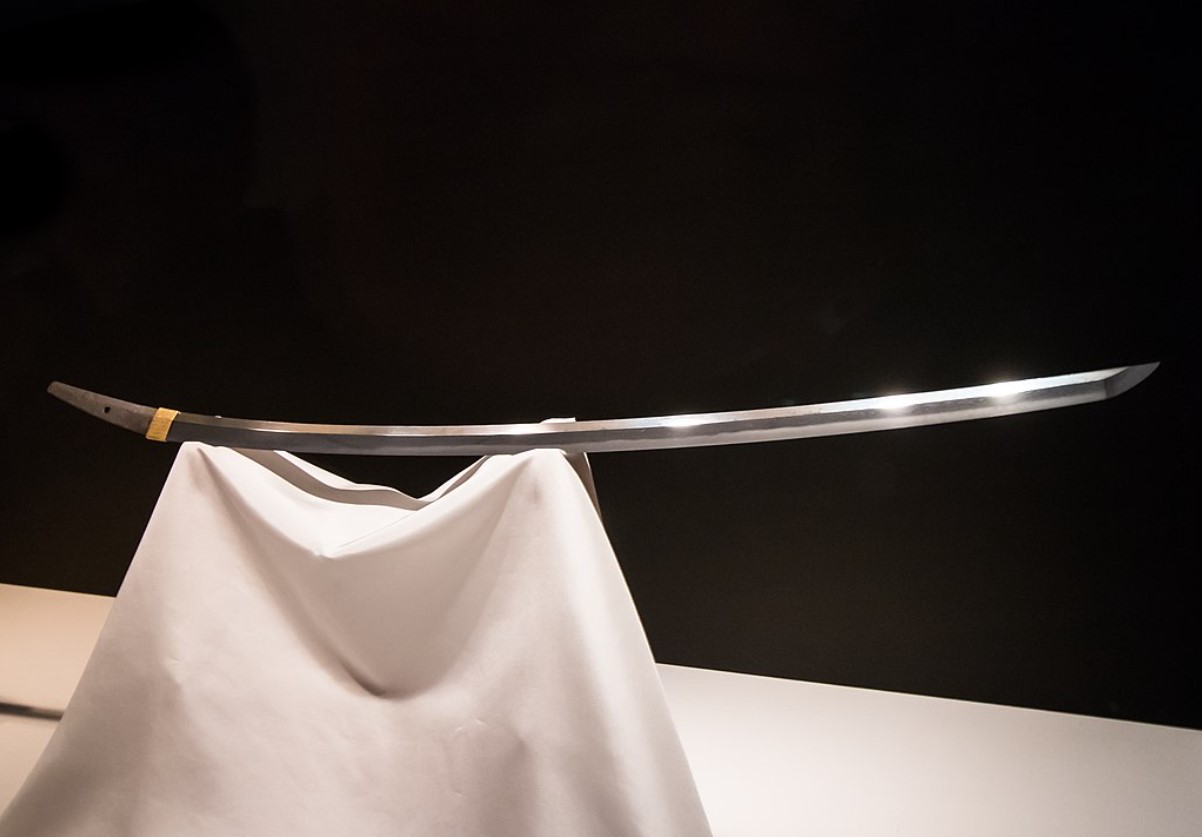
Source: Wikimedia
However, some suggest it bears a striking resemblance to the famous Doji-giri sword, which is on display in the Tokyo National Museum. This could suggest it was made by the mastersmith Yasutsuna.
A Beautiful Example of the Craftsmanship of the Era
Motoki Sakai, who works at Tokyo’s National Museum, says the sword discovered at Kasuga Taisha is a beautiful example of the craftsmanship of the era.
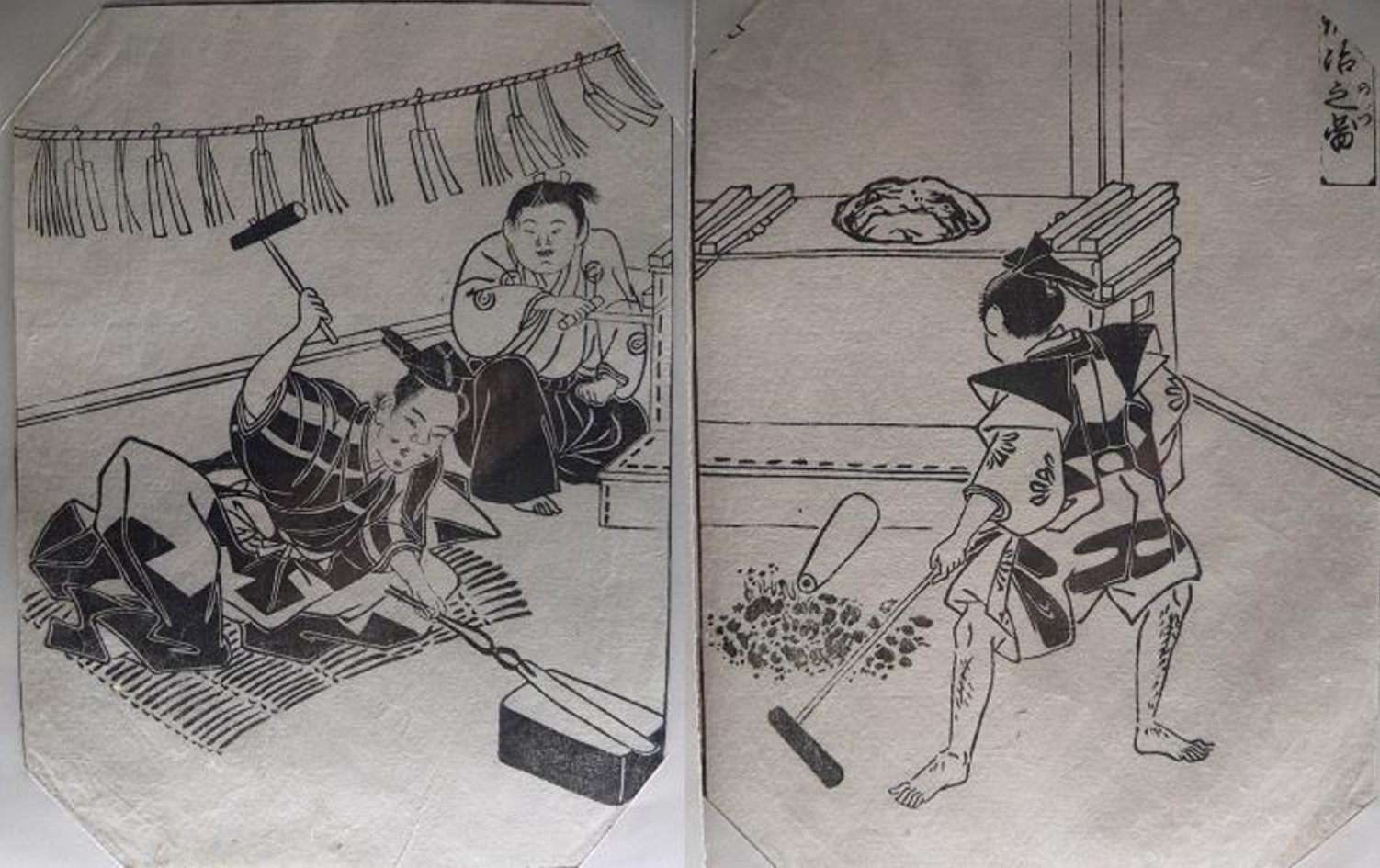
Source: Wikimedia
He went on to say it “is a very important example of work of the period in excellent condition” (via Japan Forward).
Kasuga Taisha Priest Shocked by the Discovery
Hirotada Kasan-no-in, one of the priests at Kasuga Taisha, said the blade’s discovery was “amazing, like finding a time capsule.”
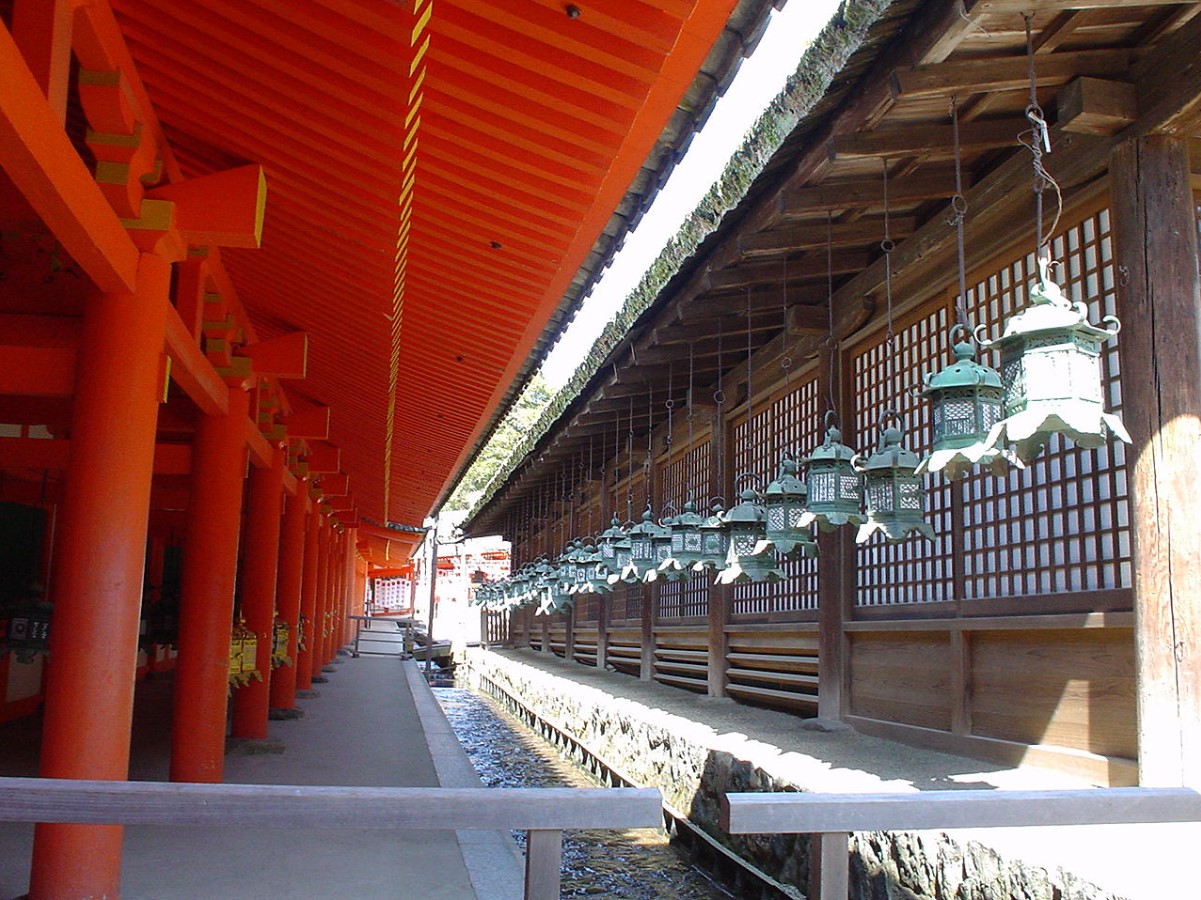
Source: Wikimedia
He continued, “probably donated to the shrine by someone wishing for divine protection by the residing deity” (via Japan Forward).
The Rare Blade Sent to an Expert Polisher
The Kasuga blade was eventually sent to Koshu Hon’ami, an expert polisher and national treasure of Japan.

Source: @大田区文化振興協会/YouTube
According to experts, the Hon’ami family has been a trusted polisher since at least the Kamakura period, which began in the 12th century.
Restoration Process by Koshu Hon'ami
Koshu Hon’ami’s expertise helped in preserving the blade’s historical integrity while enhancing its aesthetic appeal.
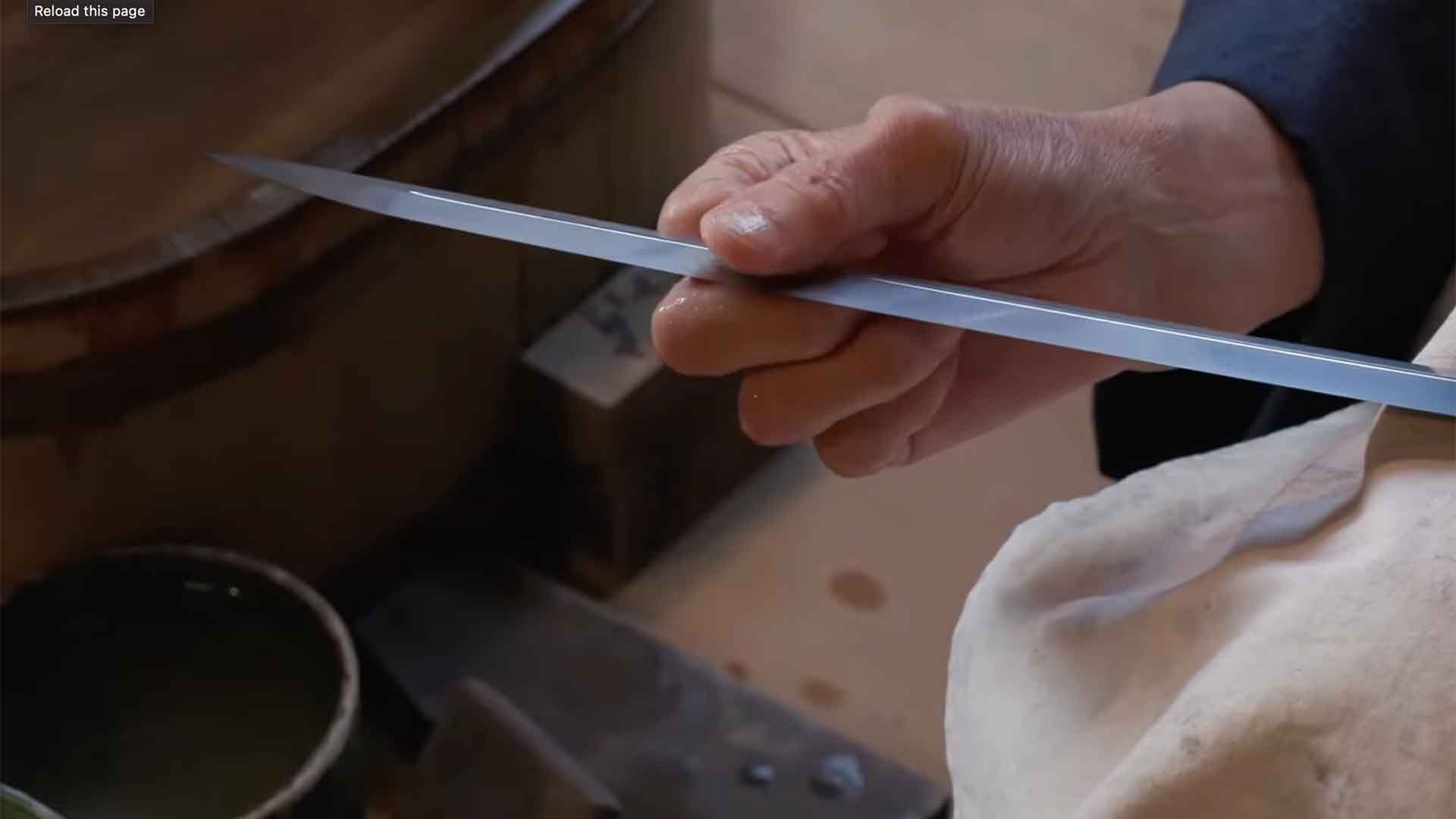
Source:大田区文化振興協会/YouTube
The process involved meticulous polishing to reveal the original craftsmanship, highlighting the unique attributes of the Ko-Hoki school techniques used centuries ago.
Historical Significance of the Ko-Hoki School
The Ko-Hoki school is celebrated for its pioneering role in the evolution of Japanese swords from straight to curved blades (via Nihonto).
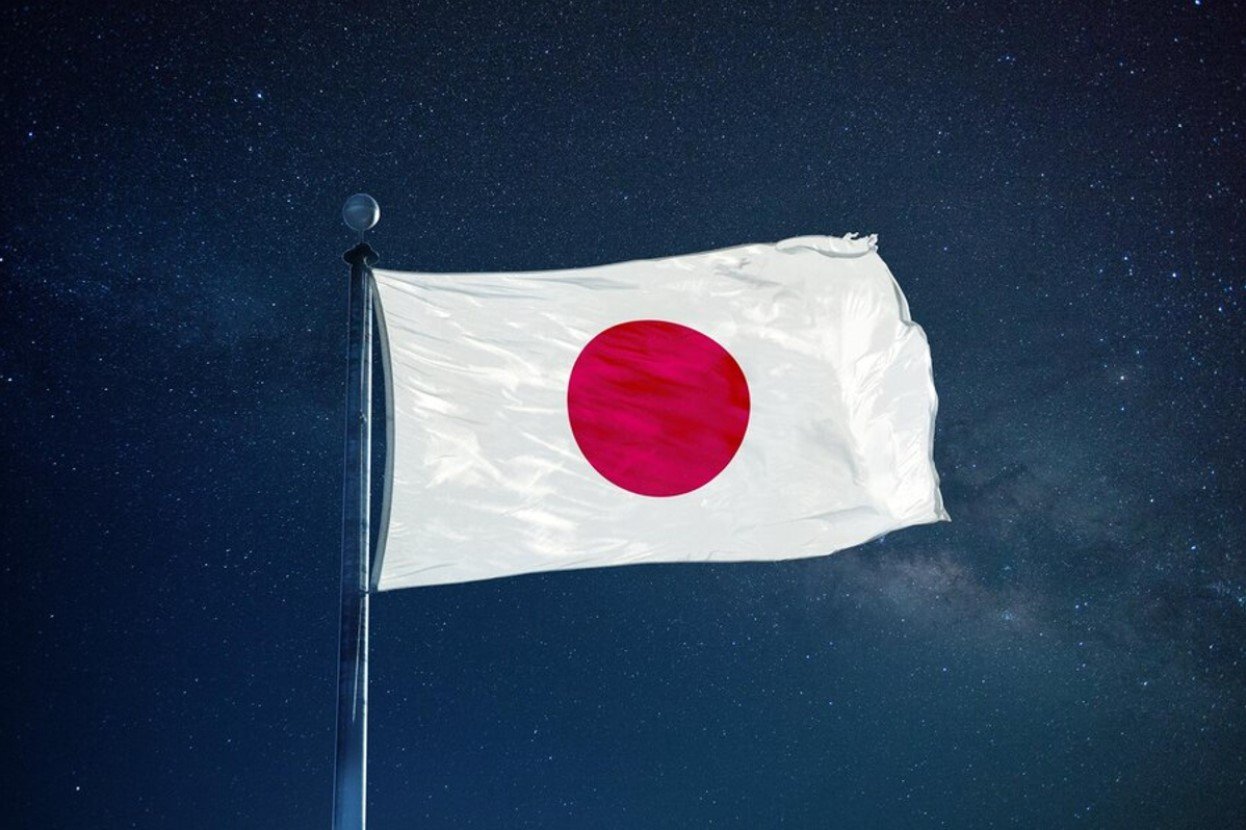
Source: Freepik
This transformation was crucial in the development of samurai warfare. The school’s techniques were innovative, influencing swordsmiths throughout Japan and setting a new standard in sword craftsmanship.
Technique and Artistry in Sword Making
Creating a sword in the Ko-Hoki tradition involved complex forging techniques that were revolutionary for their time.
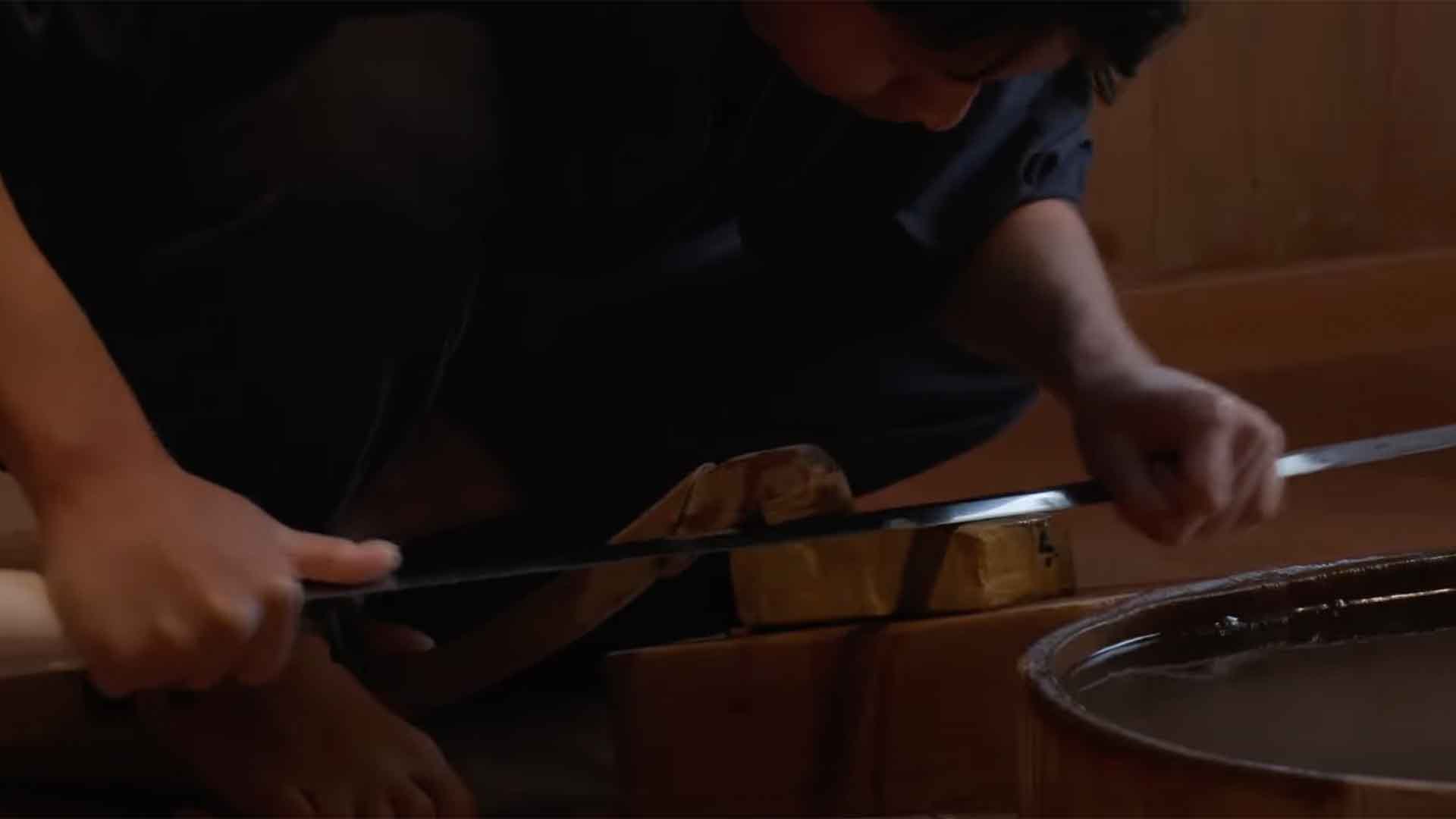
Source:大田区文化振興協会/YouTube
The process included careful layering, folding, and tempering of steel, producing blades renowned for their durability and sharpness. These swords were weapons as much as they were works of art, reflecting the cultural and technical zenith of the era.
Cultural Practices Around Swords in Ancient Japan
In ancient Japan, swords held immense spiritual and cultural significance, often used in religious ceremonies and rites of passage (via LiveAuctioneers).
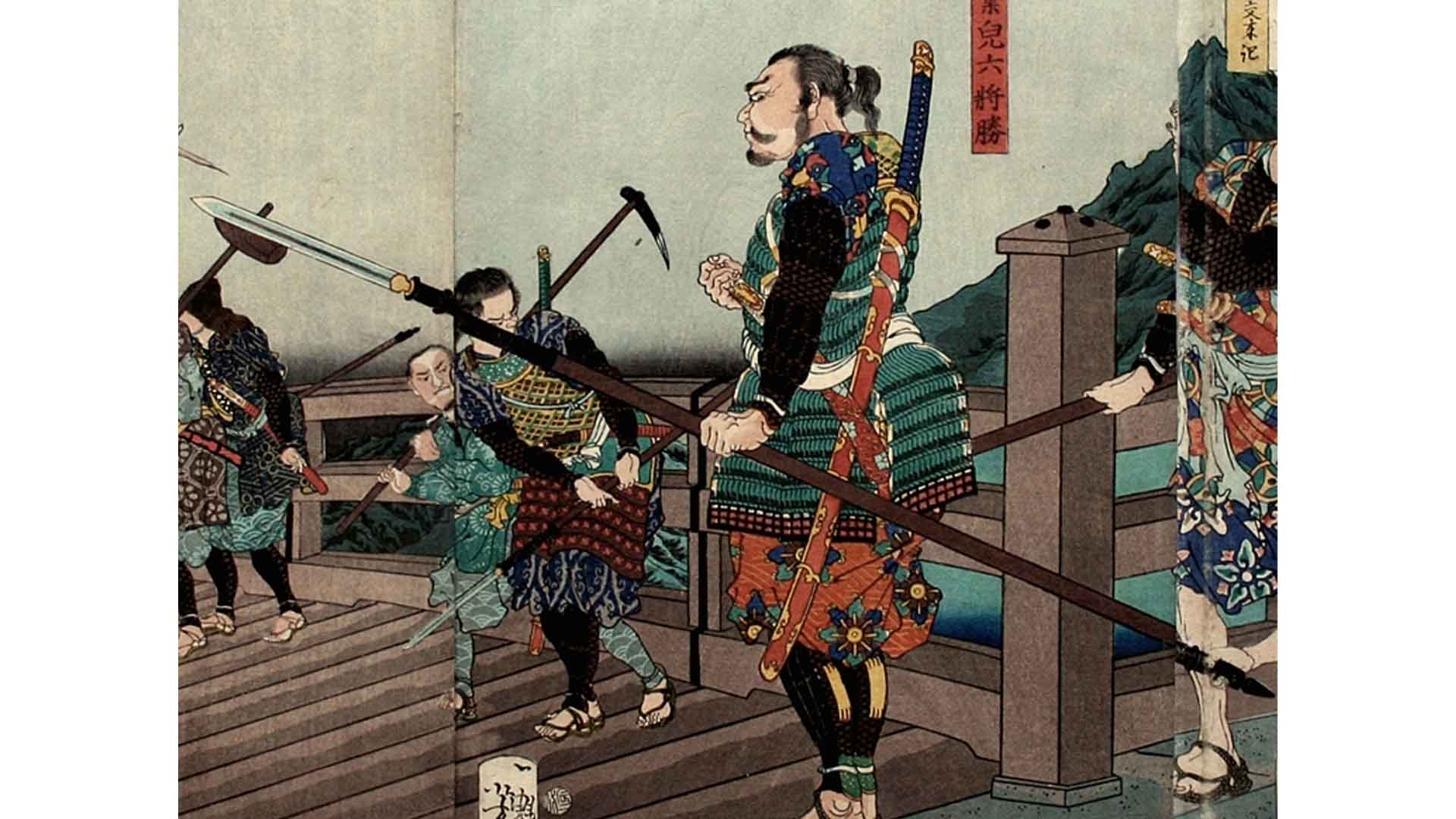
Source: Yoshitoshi/Wikipedia
The Kasuga Taisha sword, likely imbued with such spiritual values, served as more than just a martial tool. It was a sacred object, revered within the shrine’s community.
Appraisal and Historical Research
After its discovery, extensive appraisal and research were conducted to verify the Kasuga Taisha sword’s authenticity and origins.

Source: Freepik
These efforts are vital for historical documentation and help in understanding the broader context of Japanese sword-making traditions and the specific era of the sword’s creation.
Importance of Kuro-urushi-yamagane Tachi Mountings
The sword’s Kuro-urushi-yamagane tachi mountings, dating back to the 14th century, are as significant as the blade itself.
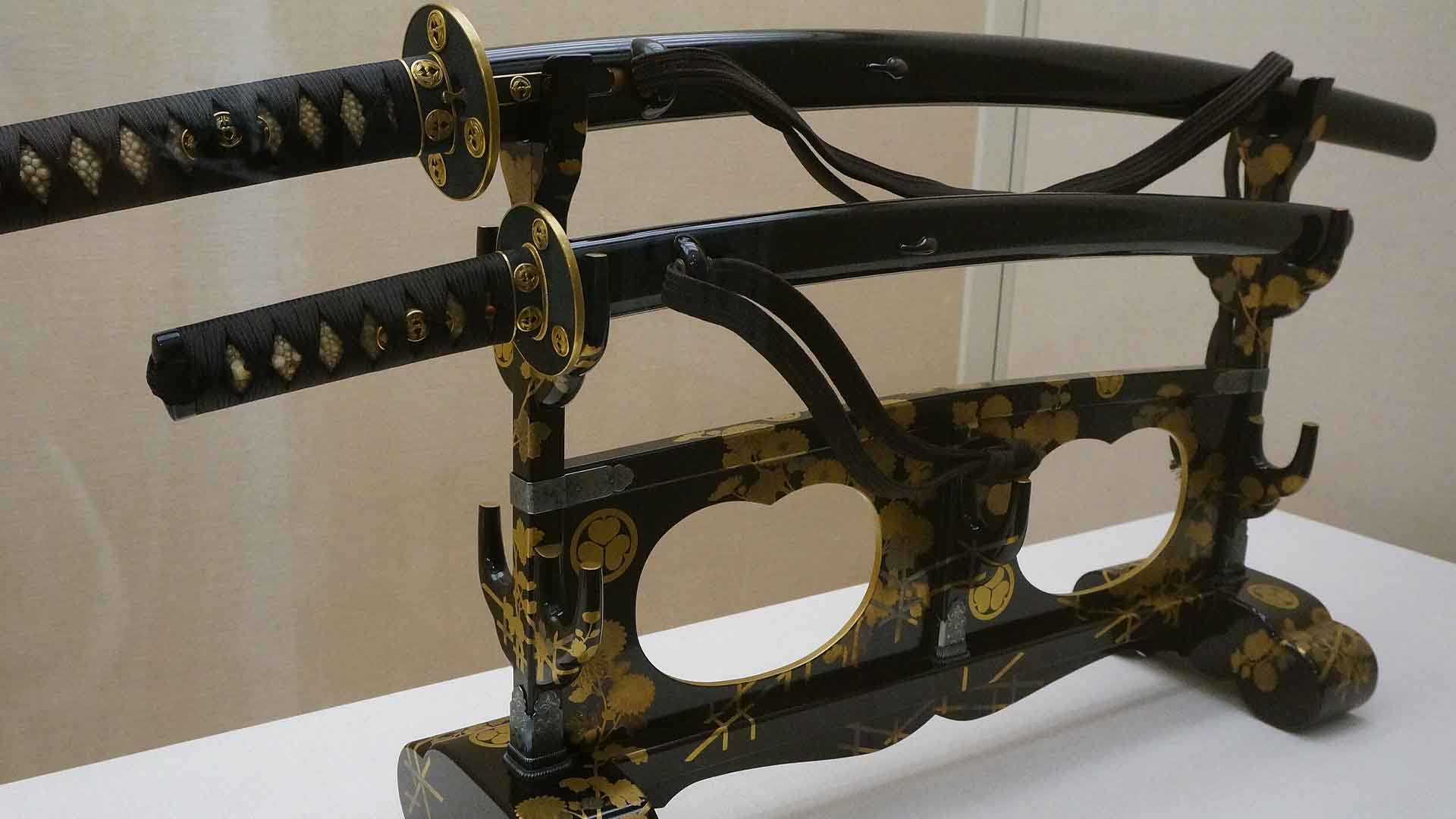
Source: SLIMHANNYA/Wikipedia
These mountings exemplify the sophisticated artistry of the period, showcasing intricate lacquer work and metal craftsmanship, which provide insights into the material culture of medieval Japan.
Exhibition and Public Viewing
The Kasuga Taisha sword will be showcased at the Legendary Sword Masterpieces exhibit.
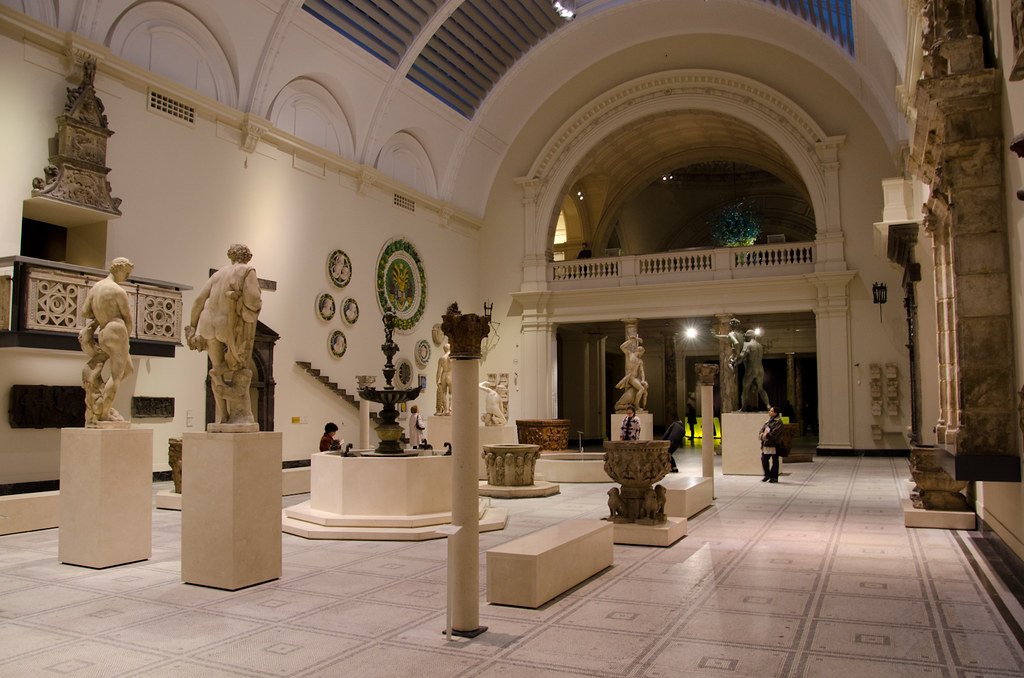
Source: Kevin Burke/Flickr
This exhibition allows visitors an intimate look at this historic weapon, offering insights into its craftsmanship, history, and the culture it represents.
Educational Impact of the Exhibition
The exhibition serves an educational purpose, enlightening visitors about the rich traditions of Japanese swordsmanship and the historical contexts in which these weapons were crafted and utilized.

Source: Artur Matosyan/Unsplash
It emphasizes the artistry and technical skill that define the Ko-Hoki school and similar traditions.
Community and Cultural Pride
The display of the Kasuga Taisha sword instills community and national pride, emphasizing the significance of preserving such artifacts.

Source: Sorasak/Unsplash
It celebrates Japan’s rich cultural heritage and inspires a renewed appreciation for the country’s historical craftsmanship.
Kasuga Blade Dedicated to Japanese Deity
The Kasuga blade was likely gifted to the shrine as an offering to its patron deity. The sword itself represented an incarnation of the deity which could be worshipped.
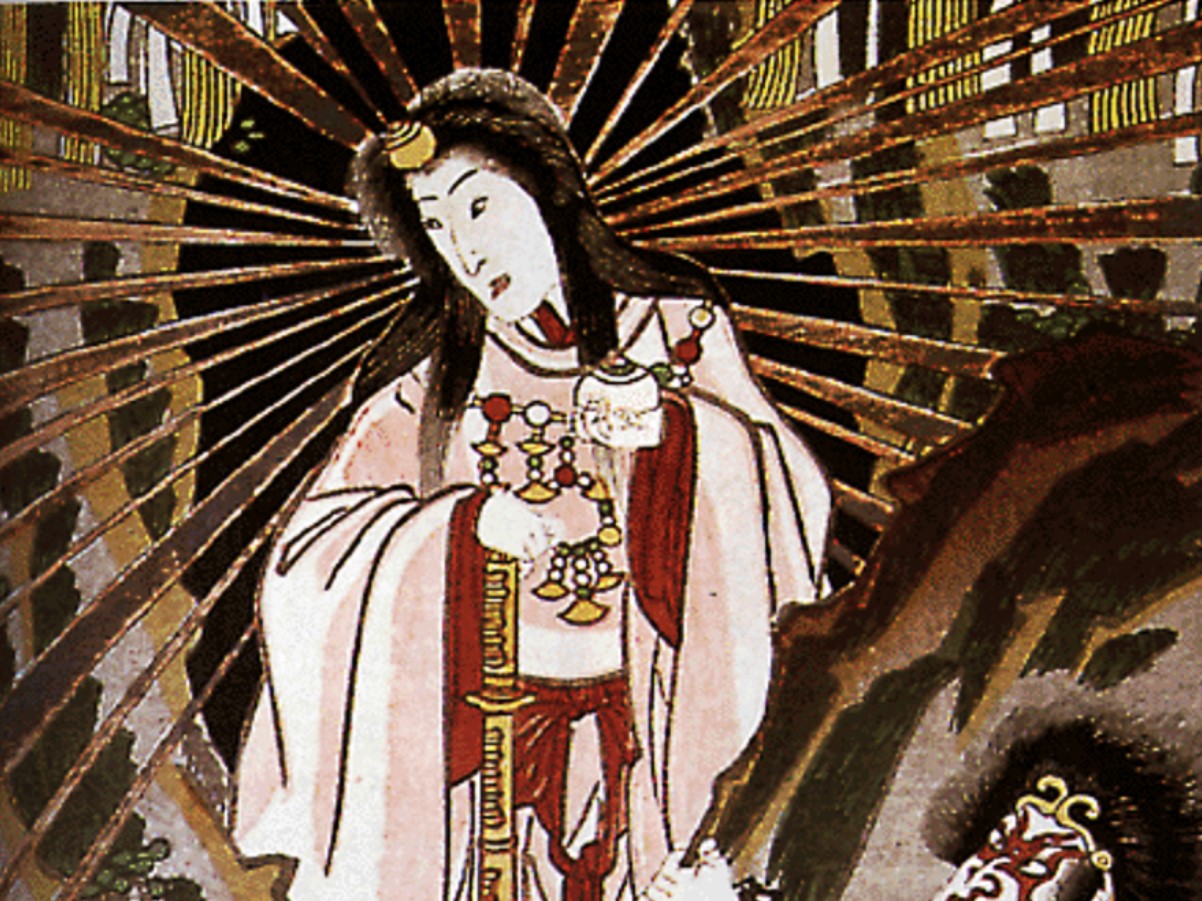
Source: Wikimedia
During the Nanboku-cho and Muromachi periods, it was fairly common for warriors to donate swords to shrines.
Rare Kasuga Sword Placed on Display
After the blade had been refurbished under the revered Koshu Hon’ami, it was sent back to the Kasuga shrine.
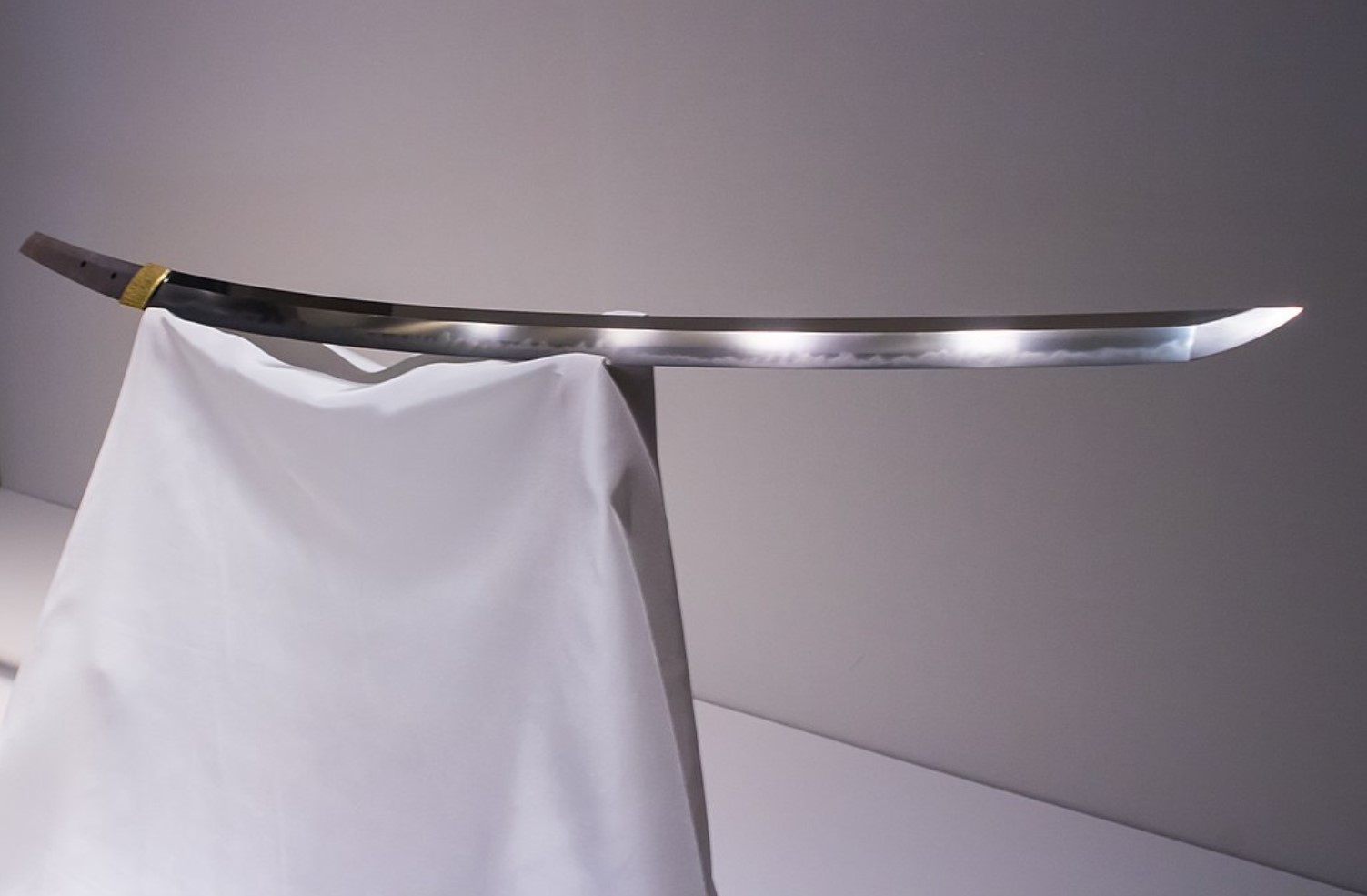
Source: Wikimedia
It will occasionally appear on display at the Kasugataisha Museum at the Kasuga Taisha shrine during ceremonial events.
Global Interest in Japanese Swords
The discovery of the Kasuga Taisha sword has sparked international interest, drawing attention from historians and collectors worldwide.
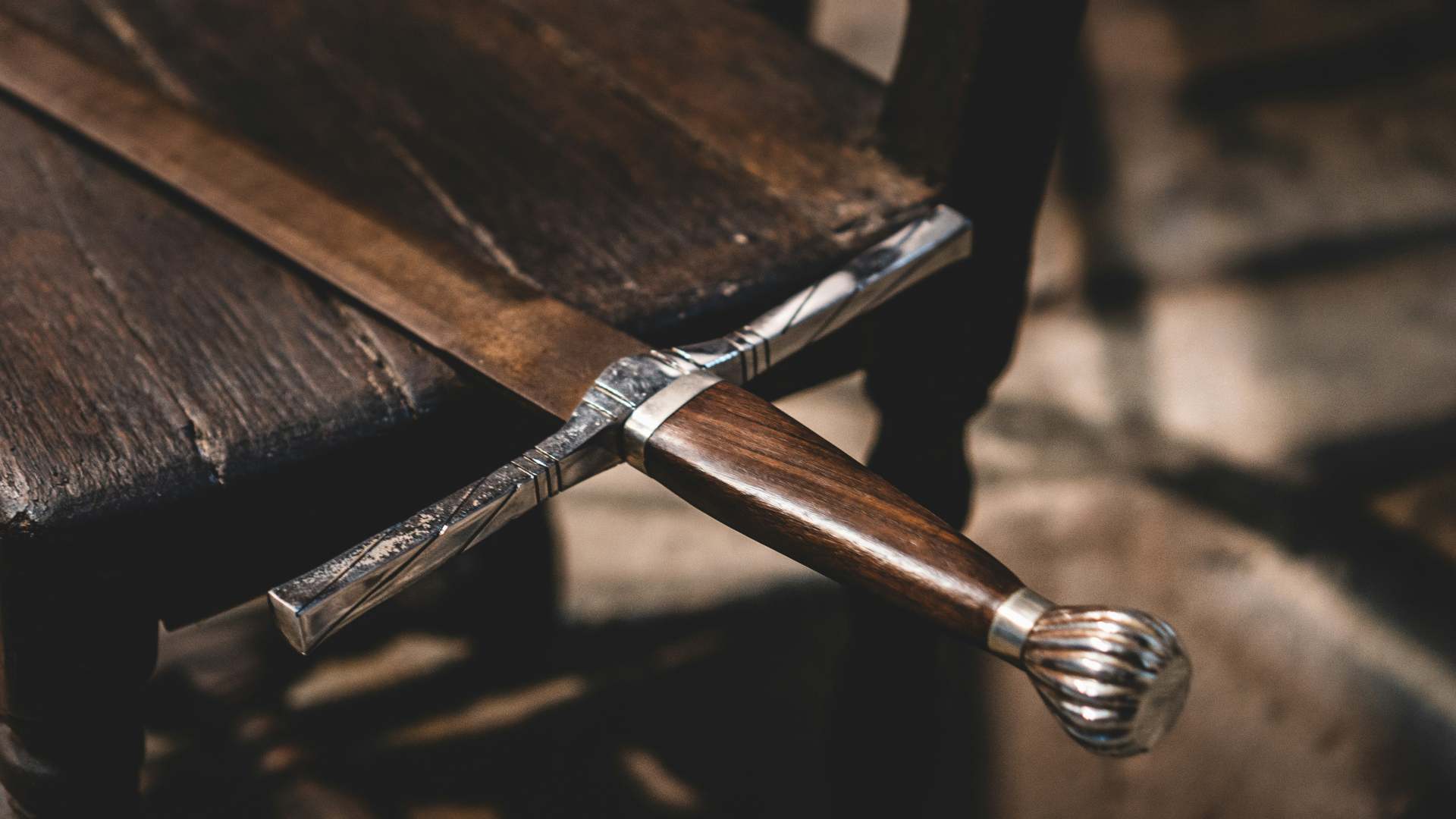
Source: Jonathan Kemper/Unsplash
This fascination highlights the global appreciation for Japanese cultural artifacts and their influence on our understanding of historical craftsmanship.
Future Preservation Efforts
Preservation efforts for the Kasuga Taisha sword are crucial for maintaining its condition and historical significance.
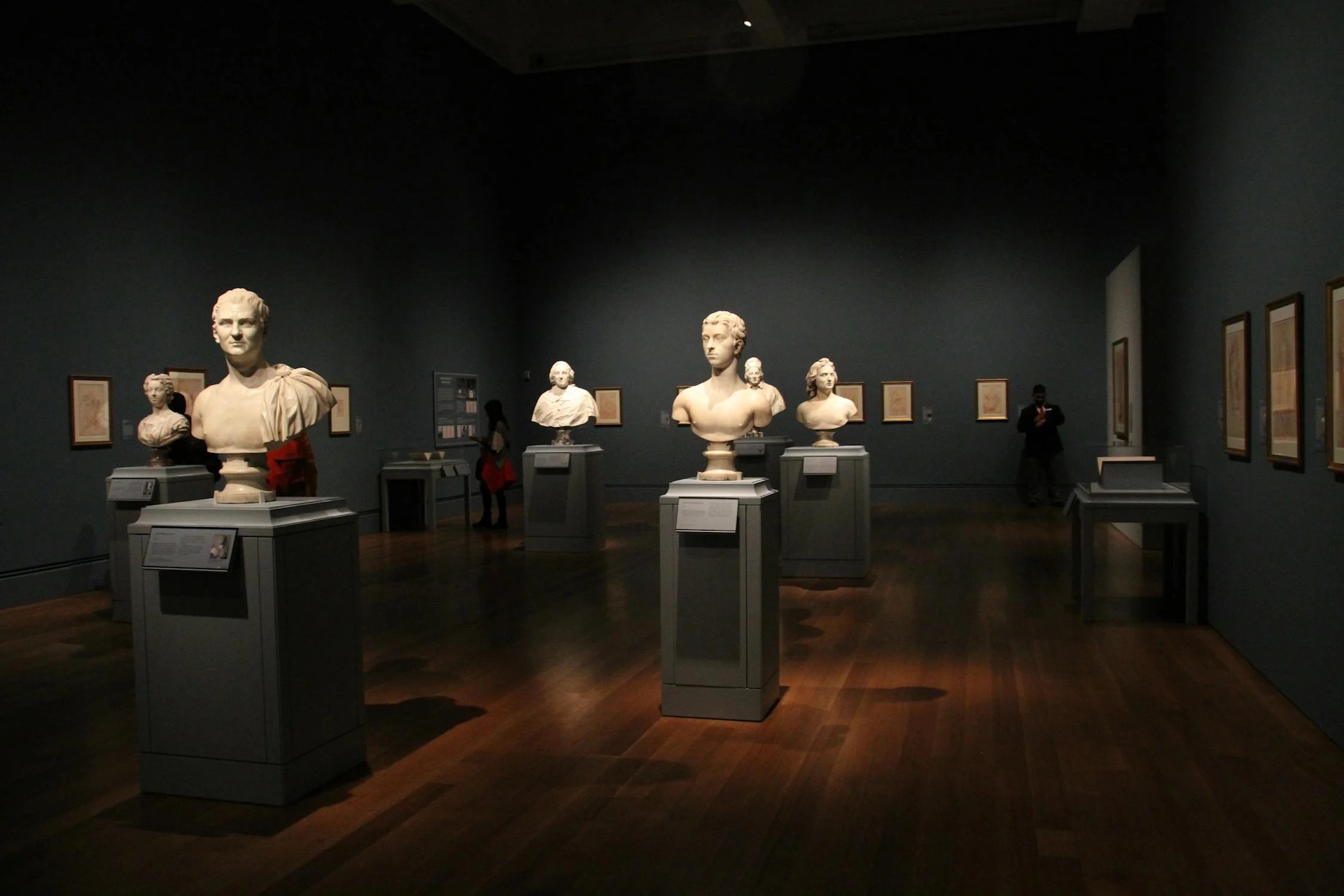
Source: Pixabay/Pexels
These initiatives ensure that future generations can appreciate this artifact, understanding its role in Japanese history and its cultural importance.
Showing Off History
The Kasuga Taisha sword exhibition showcases the intersection of artistry, history, and culture within one powerful artifact.
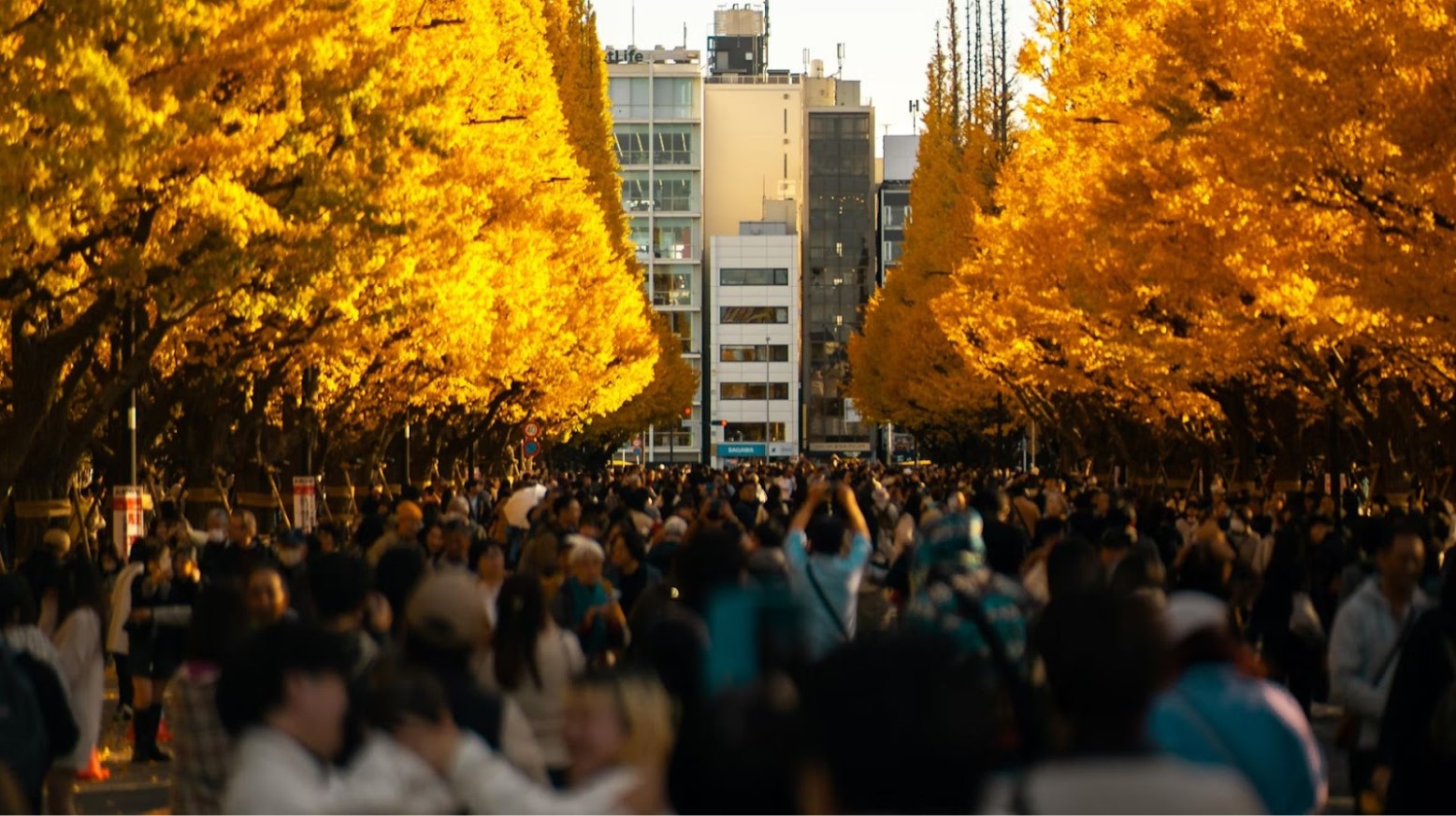
Source: Szymon Shields/Unsplash
Artifacts like the Kasuga Taisha sword bridge the past and present, offering insights into ancient practices and beliefs, and continuing to inspire respect for historical craftsmanship and traditions.
